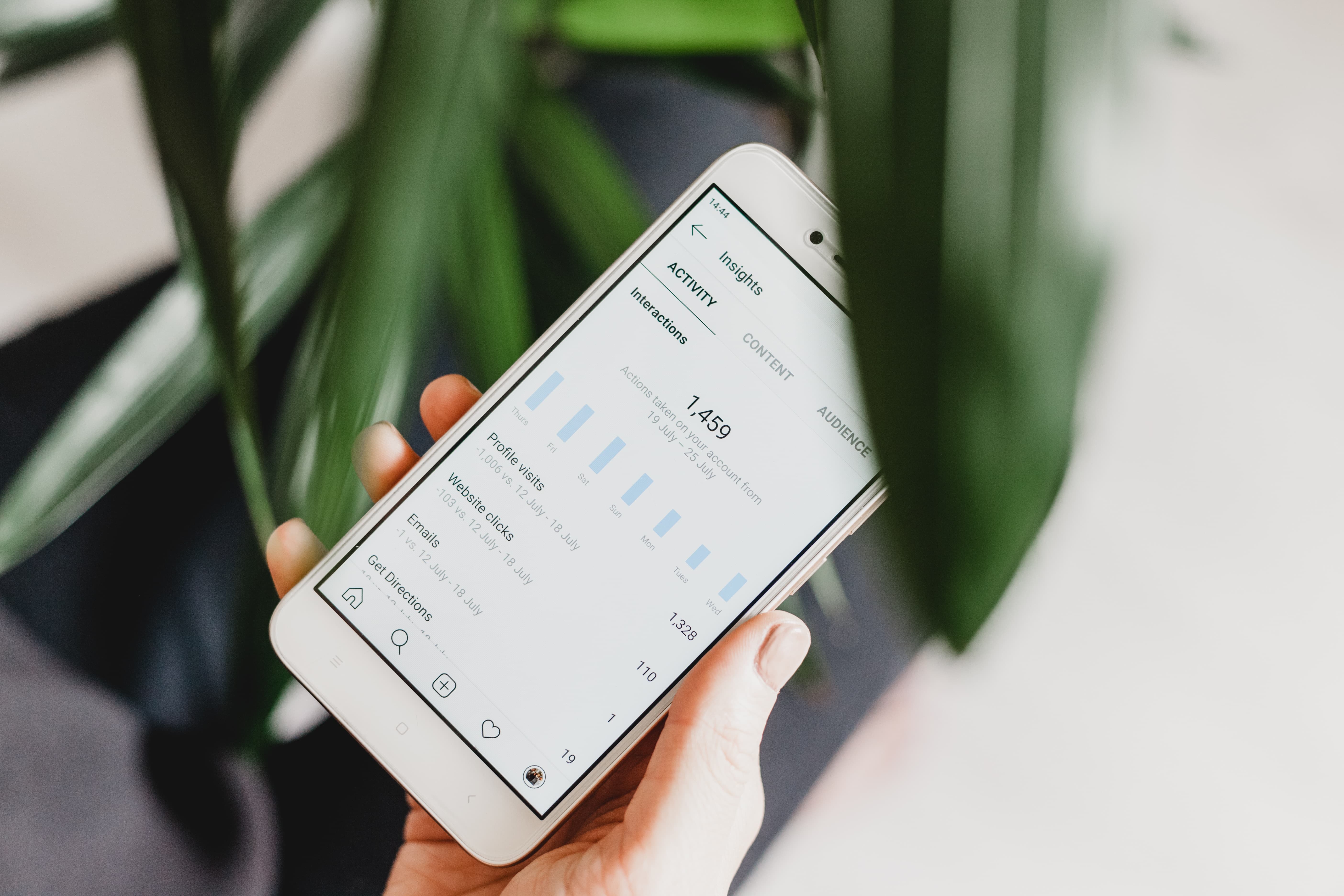We often face the question, „Which communication medium should we choose to sell more?” Many entrepreneurs think they need to „sell something to someone” as an immediate goal, overlooking the fact that the most effective way is to establish a marketing and promotion strategy and then carefully execute it to achieve the objectives of each stage.
Moreover, promotion, whether online or offline, cannot be separated from the overall marketing strategy – which determines the target customer segments, the differentiating elements from the competition, market positioning relative to these competitors through pricing policies, and, not least, building the brand. In fact, promotion and communication are integral parts of this whole – a communication and promotion strategy cannot be developed until all these elements are revealed.
Regardless of the medium chosen, promotion must achieve three essential points:
– Communicate the sales promise – making our offer known to the targeted segment
– Spark interest with a mix of attributes that differentiate our offer from others on the market
– For existing customers, confirm that they made a good purchase decision and maintain their interest in our products or services to facilitate future interactions by cultivating an emotional buying behavior.
From these objectives’ perspective, each communication channel, whether online or offline, has its advantages and disadvantages. Therefore, before choosing the medium through which you want to promote, you must clearly define your advertising objectives.
Online advertising – Indispensable or inevitable
We all know that online promotion has become a necessity for any type of business. Therefore, online targeting cannot be done on assumptions; it requires a communication strategy tailored to the type of business, needs, and objectives of each entrepreneur. Since the internet is accessible to a wide range of consumer categories, no online promotional tool should be ignored. Hence, we recommend SEO optimization (a promotional tool that enhances site visibility, increases site traffic, and ultimately boosts sales), advertising through direct paid ads to search engines – Google Ads and Google Display, Content Marketing (a powerful tool for ongoing customer and prospect relationships that does not aim for direct sales and can take various forms: educational articles on your site or other sites, newsletters, blogs, case studies, videos, webinars, ebooks, infographics, etc.), and Social Media (Facebook, LinkedIn, Twitter, Pinterest, YouTube).
An effective online promotion strategy must be planned for at least the medium term to yield the desired results. Thus, webmasters will start with site optimization techniques (creating consistent and relevant content on the site so that consumers have access to everything about the product or service offered), then create a mobile responsive version, quality site links, and social networks to create strong SEO. While Google Ads can yield short-term and long-term results by attracting targeted traffic that can turn into customers, SEO optimization is an ongoing process that offers exceptional results if done by specialized professionals, such as those in advertising agencies. Of course, the content delivered on these channels must be updated to reflect the current offer, promotions, etc. (especially for highly seasonal services). Advantages of online promotion include quasi-instant propagation, access to a wide audience, low cost in some cases, real-time measurable results, better targeting, and constant interaction with customers. The current market is characterized by consumer heterogeneity – a wide variety of preferences and tastes – and high transparency regarding prices and customer feedback. If the first characteristic offers countless opportunities at first glance, the second presents some challenges. Whether we like it or not, the echo of the quality of our services and products, as perceived by customers, will create a „digital footprint” that will influence other customers’ purchasing decisions. Monitoring and influencing this footprint is part of online marketing.
Offline advertising – Traditionalism or simple necessity?
From our perspective, the best promotional campaigns we have conducted over more than 10 years of activity have been those that combined online and offline promotional tools. Considering that there are prospects who are not present or active online, offline promotion still exists and includes all channels that do not rely on the internet to deliver their advertising message: TV, radio, print, outdoor/indoor, cinema, promotional materials (business cards, flyers, brochures, catalogs, etc.), personalized items (t-shirts, caps, pens, CDs, etc.). Even though print (flyers, brochures, etc.) is considered a „traditionalist” advertising medium and often disregarded as outdated, it is the easiest to adapt and model to reach a broad audience relatively quickly (including people without an online presence). Additionally, certain product categories, such as consumer goods, can be more easily sold through indoor/outdoor advertising. Offline promotional campaigns offer several advantages, including greater credibility in some cases, delivering messages in areas where the internet does not penetrate, and placing the advertising message close to the point of sale, thus driving the purchase impulse. The effect achieved is a transition from accidental or spontaneous purchasing behavior to rational and voluntary buying behavior. Although it may seem conservative, offline advertising has evolved enormously and can be implemented through a wide range of tools that an advertising agency can provide (ATL, BTL, public relations, sponsorships, events, etc.). Regardless of the alternatives offered by the explosion of current media channels, advertising will always have the same goal: to inform, persuade, or remind.


